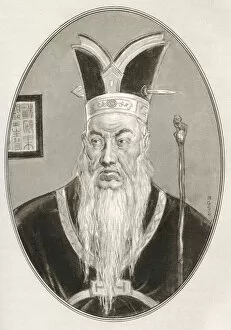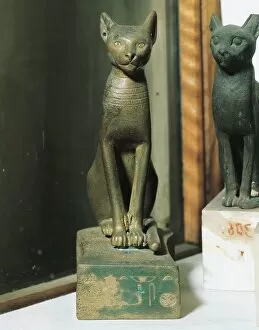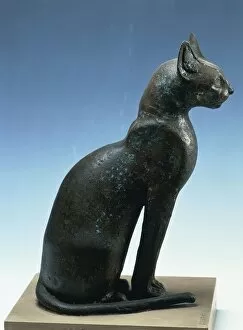Sixth Century Bc Collection (page 5)
The sixth century BC was a time of great cultural and artistic development
All Professionally Made to Order for Quick Shipping
The sixth century BC was a time of great cultural and artistic development. In Greece, Pythagoras and Euclid were making groundbreaking discoveries in mathematics that would shape the future of the field. Meanwhile, artists were creating masterpieces like the marble tile depicting their achievements. In Athens, the Panathenaic prize amphora showcased the city's love for sports and competition. Crafted from clay, this vessel symbolized victory and honor for its recipients. Across the Aegean Sea, black-figure panel amphorae became popular during this period. These ceramic containers featured intricate designs that told stories or depicted scenes from daily life. Farther east in Iran, Persepolis stood as a testament to Persian power and grandeur. The audience scene of Darius I carved into stone captured the magnificence of his court gatherings. The treasury at Persepolis was an architectural marvel that housed vast riches. Its photo reveals its imposing structure against a backdrop of mountains. Cuneiform inscriptions on sandstone walls at Apadana palace provided valuable historical information about ancient Persia. Bas reliefs on these same walls depicted scenes from royal ceremonies and battles. The pillars of Apadana palace displayed incredible craftsmanship with detailed carvings in stone. Each pillar told a story or represented an aspect of Persian culture. Darius' private residence, known as Tachara palace, boasted stunning reliefs made from stone. These artworks showcased scenes from everyday life as well as moments of triumph for the Achaemenid empire. A granite statue immortalized Darius himself during this era. This regal figure served as a reminder of his leadership and influence over Persia's golden age.





